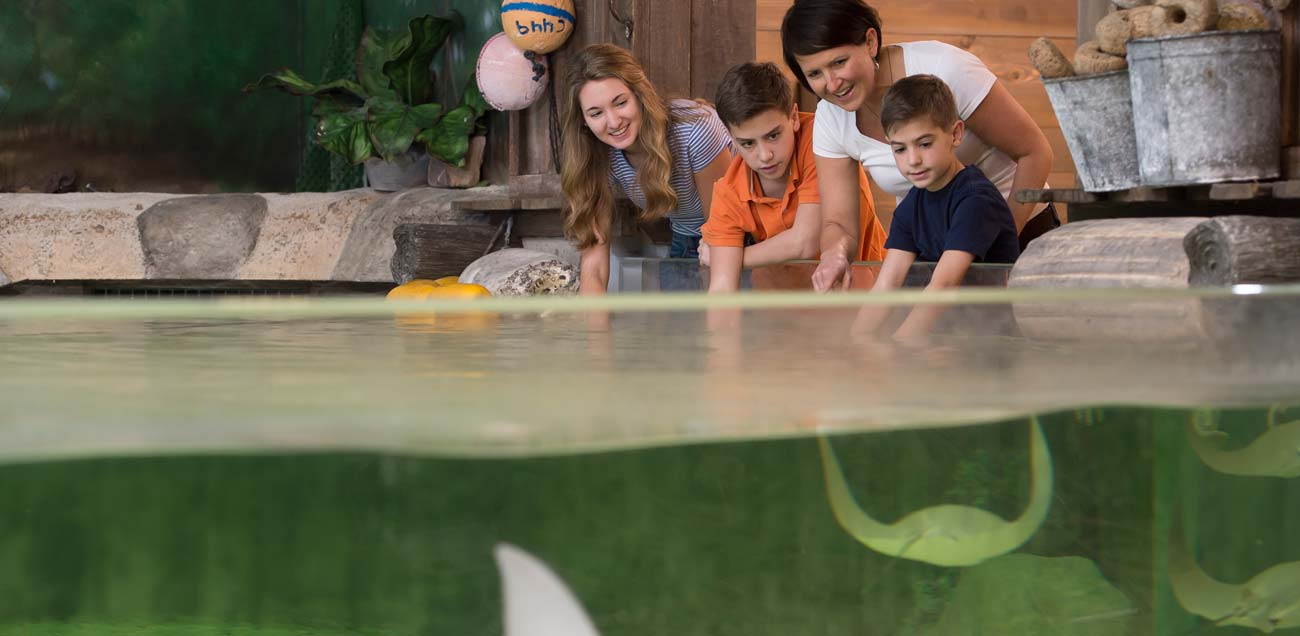This Women’s History Month, we highlight women who have made the world a better place. Through conservation, through science, and through animal care and advocacy, they changed the world and we hope their stories inspire and empower girls of all ages to be the conservation leaders of the future.
Harriet Hemenway: In the late 1800s, feathered hats and other garments were seen as a symbol of elegance and wealth, and demand for them by the middle- and upper-classes increased, leading to the endangerment of more than 60 bird species. After reading about the popularity of bird feathers in high fashion, Harriet Hemenway, a Boston environmentalist and socialite, founded the Massachusetts Audubon Society to protect bird species. In just two years, there were 111 active Audubon chapters in the Boston area, 105 of which were founded and led by women. What started out as a series of afternoon teas with other Boston socialites, transformed into a national nonprofit conservation organization responsible for the 1918 Migratory Bird Treaty Act and the 1973 Endangered Species Act, two policies enforcing the protection and regrowth of endangered species across the country.
Roxanne Quimby: It was in 1970 that Roxanne Quimby first felt the call towards self-sufficient living. She made her way from San Francisco, California, to Guilford, Maine, where she purchased 30 acres of land to start her new back-to-basics life with her family. While living in Maine, Quimby met Burt Shavitz, a local beekeeper. Together, Roxanne and Burt created one of the most successful environmentally friendly beauty brands, Burt’s Bees. As Burt’s Bees grew in size and reach, Roxanne Quimby began to use some of her earned profits to slowly buy huge parcels of land in northern Maine. In August of 2016, Roxanne donated 87,500 acres of undeveloped land covered in mountains, forests, and waters, later named Katahdin Woods and Waters National Monument, to the National Park Service.
Dr. Leela Hazzah: Having been born in Egypt, Dr. Leela Hazzah grew up listening to her father’s stories of a time when lions lived in Egypt and their roars could be heard for miles. Although she could do nothing for the extinct lions that once roamed Egypt, Dr. Hazzah devoted her life to lion conservation and preserving the lion species living in other regions of Africa. While studying for her master’s degree, she became involved in a project that focused on the volatile relationship between lions and the Maasai people. This project eventually led to the creation of Lion Guardians in 2006, a conservation organization, and partner of the Fort Wayne Children’s Zoo, devoted to achieving human-lion coexistence through cultural education and the monitoring of lion populations. Today, Dr. Leela Hazzah remains an active member of the Lion Guardians organization as their Executive Director.
Dr. Kami Fox: In 2023, Dr. Kami Fox, the Fort Wayne Children’s Zoo Head Veterinarian, traveled to the Mariana Islands to team up with Mariana Avifauna Conservation (MAC) to further their conservation research and efforts. While there, Dr. Kami and the MAC team gathered a wide range of research, including DNA analyses to determine if there are genetic differences between the bird species on the island of Rota and species living on other islands in the Mariana Archipelago. This research has helped MAC further their understanding of proper relocation practices for endangered bird species. In February 2024, Dr. Kami Fox traveled again to the Mariana Islands to continue her research surrounding bird species on the island of Rota.

